Do you suffer from tight muscles? Are you not moving freely?
If this sounds like you then you may have tight restricted fascia.
So what is Fascia?
Fascia forms a continuous network of connective tissue throughout the body covering muscles, organs, and nerves. Fascia of muscle or Deep Fascia is a dense fibrous connective tissue that surrounds individual muscles, and divides groups of muscle into compartments. Fascia is also made up of water and it moves better when well lubricated with water.
Changes can occur in the fascia which can disrupt our movement patterns. Changes in the fascia due to injury are not just limited to the injured area. Pain causes changes in our whole-body physiology. Muscle tone, changes in our nervous system and even our sleep patterns are all effected by pain. When you feel wrong you move wrong.
How does this effect you when running?
When your muscles become tight so does the surrounding fascia. Overtime the fascia can become rigid and compress the muscles and nerves. All runners at some point accumulate soft tissue damage due to high intensity and high-volume training. Hard running can break down the body. Too much training volume can lay down scar tissue as the body will try to heal itself. Normally the fascia in our body is in an arrangement that allows the muscles underlying it to slide and glide freely, but when scar tissue forms the arrangement of fascia is disrupted and you get fascial restrictions, meaning the fascia binds to the underlying muscle and creates areas of overload as the muscle gets restricted. These restrictions cause tension and movement disorders.
How fascia responds to your tight muscles?
Fascia will respond to new movement patterns, so if you are trying to run with pain, your body will respond by changing its movement pattern and compensate with a new movement pattern. Once you have healed and your injury is gone, your body will retain the new compensated movement pattern. This is a recipe for re-injury and will cause long term problems.
How to care for your fascia
Fascia restrictions can be treated using massage, foam rollers and spikey balls. The goal is to remove the restriction so that the muscle can glide and slide freely, and you are able to run freely and move without restriction.
Myofascial techniques are hands on and focus on fascia tissue function. These techniques include:
- Massage therapy
- Trigger point therapy and trigger point with active contractions
- Soft tissue mobilising such as skin rolling
- Fascial stretches
These techniques can aid in:
- more efficient circulation of antibodies in the blood
- an increase in the blood supply in the region of restriction
- greater blood supply to the nervous system
- an increase in metabolism
- facilitating the recovery process
Don’t give up! We can help.
If you have nagging tight muscles or an injury or you just don’t feel right or feel like you are not moving freely, then book an appointment with our Remedial Massage Therapist today to see what you want or need to get you running and moving freely again.

